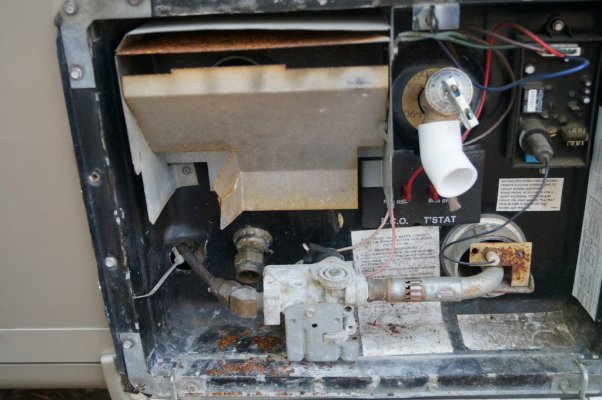Hi All
Sanitizing our Class A for the first time with bleach.
I printed out Gary's Water System Sanitizing paper. It says, "after running solution thru all the water outlets, let water stand for several hours."
How long do you guys let the bleach solution sit in the tank and lines before you flush them out?
Thanks
Jim
Sanitizing our Class A for the first time with bleach.
I printed out Gary's Water System Sanitizing paper. It says, "after running solution thru all the water outlets, let water stand for several hours."
How long do you guys let the bleach solution sit in the tank and lines before you flush them out?
Thanks
Jim

